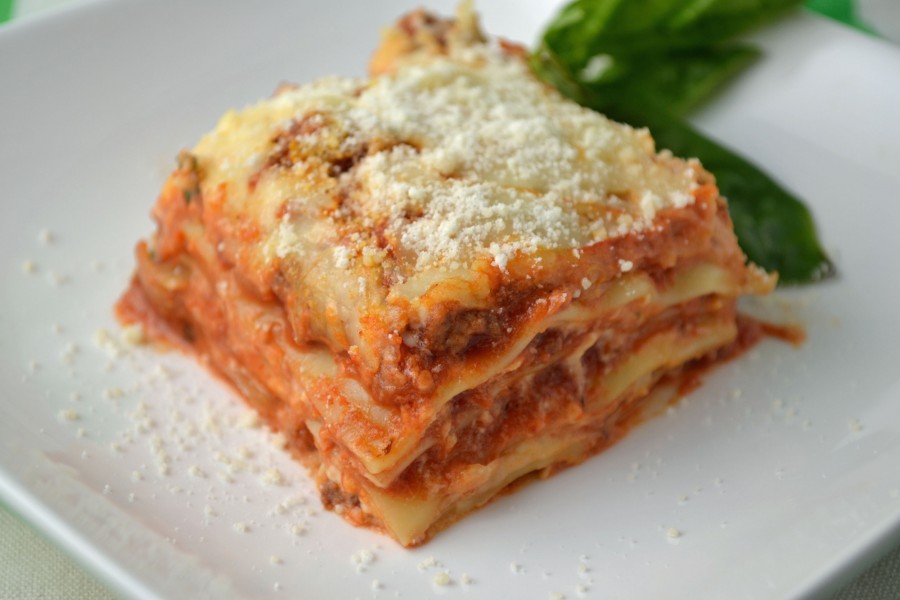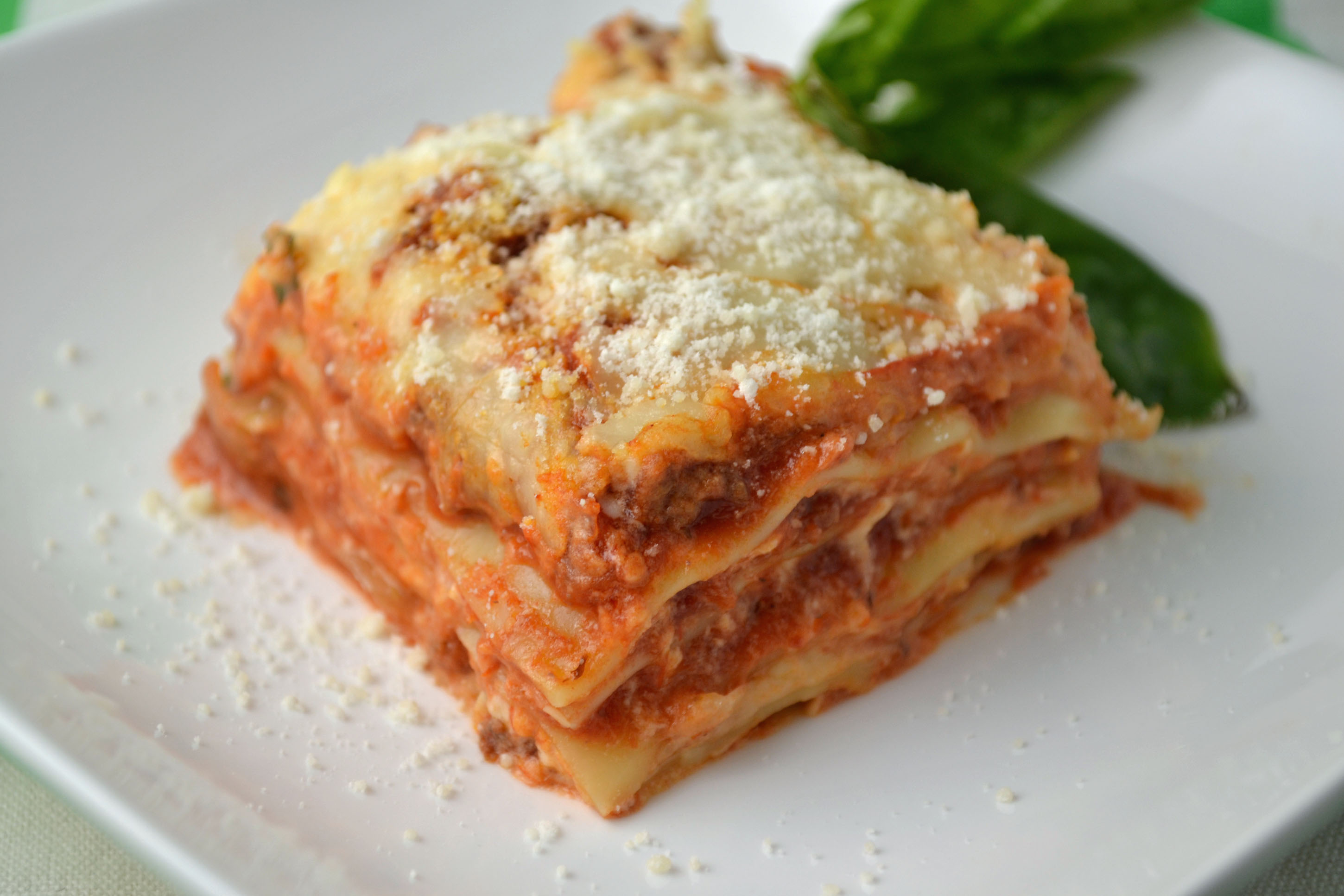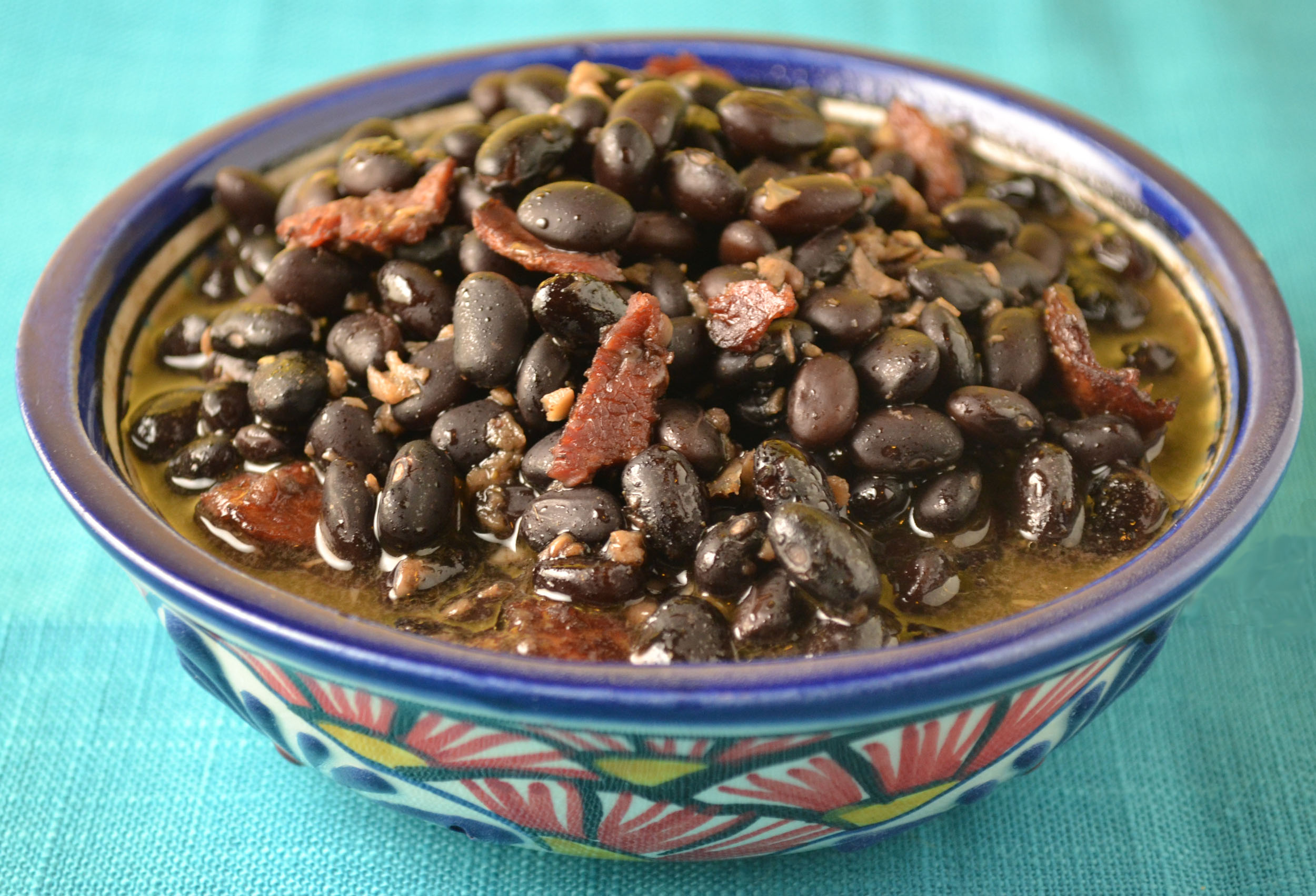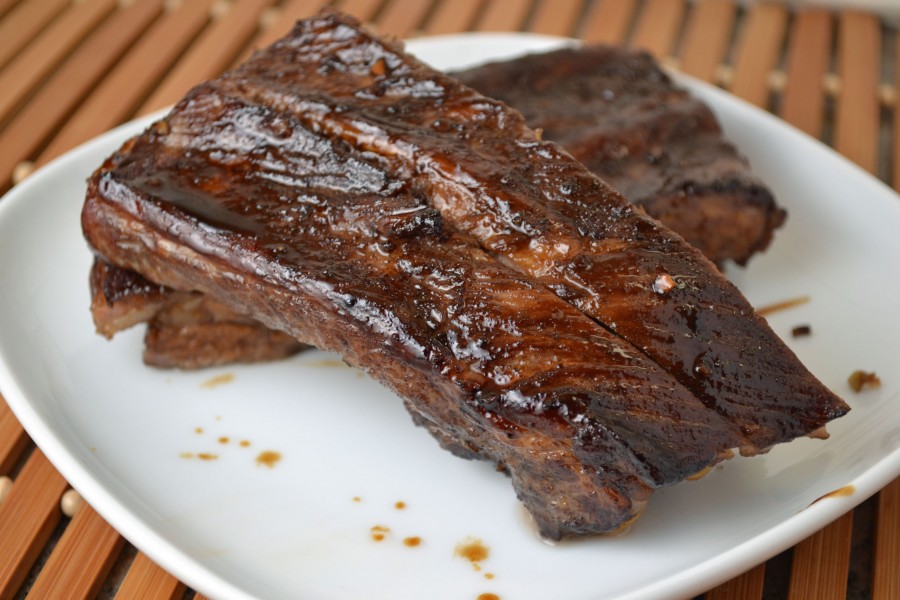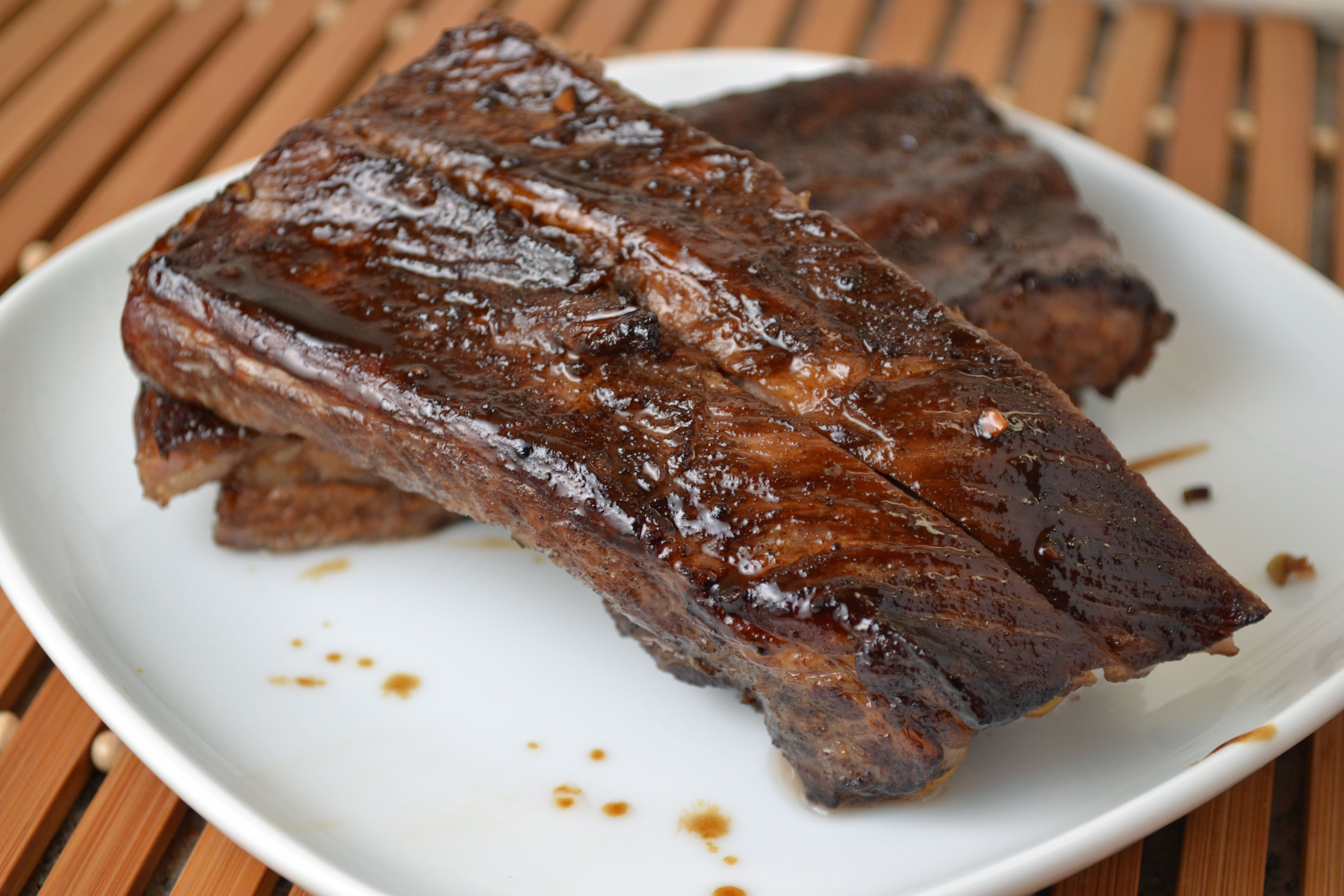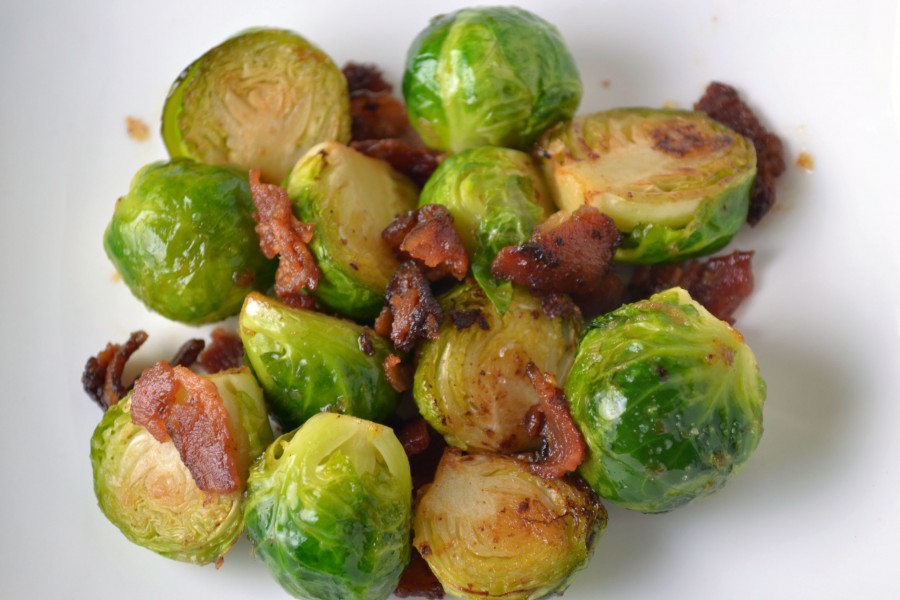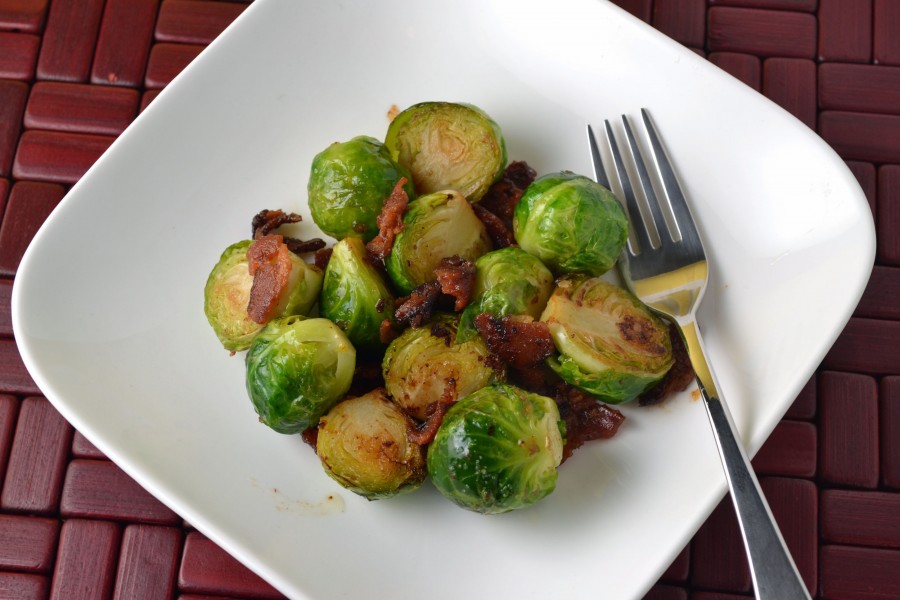Grilled Swordfish Skewers


After what seemed like a never-ending cold snowy winter in the Northeast, grilling season is finally here. Lucky for us, “The Art of Good Cooking” by my grandmother, Paula Peck, has many barbecue recipes I have yet to share. Similar to this Grilled Swordfish recipe, most are in the form of skewers – one of my favorite ways to grill. There is nothing revolutionary about this grilled skewer recipe but it’s simple and delicious. The marinade, which consists of garlic, olive oil, soy sauce, lemon, salt, and pepper, is just light enough to bring out the fresh clean taste of not only swordfish, but any seafood (check out the shrimp shown in this photo). With its meaty firm texture, swordfish is one of the few fish that can actually hold up to being cut into chunks, skewered, and grilled. Like all fish, it’s important not to overcook it – no one enjoys chunks of rubber.
Grilling can be challenge here in NYC. For the authentic grilling experience, the only options are the park or the roof deck or backyard of a wealthy friend. I usually end up doing most of my grilling out of town on vacation. However, the limited grilling options in NYC never stopped my grandmother. Although all of her grilling recipes can be converted to the oven or broiler, she grilled right in her Harlem kitchen. She would set up the grill plate on the stove and fan the smoke out the window, as best she could. The neighbors definitely didn’t appreciate this and I doubt she could get away it now. An actual grill (particularly charcoal) will produce a more flavorful result. But by marinating the fish for 2-3 hours and following the proper cooking times, juicy garlicky swordfish will become a favorite whether broiled, baked, or grilled. Don’t forget the grilled vegetables and fruit– my favorites are bell peppers, grape tomatoes, eggplant, and pineapple!
Ingredients:
2 lbs swordfish steak
3 cloves garlic, finely minced
1/4 cup olive oil
3 tablespoons lemon juice
1 tablespoon soy sauce
salt and pepper
Lemon Parsley Sauce (for serving)
6 tablespoons lemon juice
6 tablespoons olive oil
1/2 cup chopped parsley
Dry fish well on paper towels. Cut into 1 1/2 inch chunks.
Combine garlic, olive oil, lemon juice, and soy sauce. Place swordfish in a bowl and pour mixture over the chunks. Marinate in the refrigerator for at least 3 hours, turning occasionally.
Thread chunks on skewers. Broil, preferably over charcoal, turning occasionally, until swordfish is lightly brown all over. Season with salt in pepper.
Mix together sauce ingredients and spoon over skewered swordfish.
Serves 4-5.
Adapted from “The Art of Good Cooking,” by Paula Peck.

